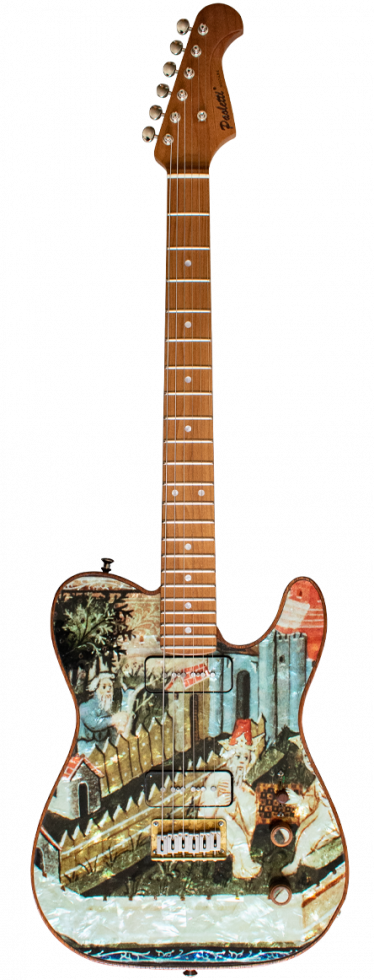Il Viaggio – Italian for “the Journey” – is an exclusive 10 unique pieces guitar collection inspired by our 2-year venture into the mesmerizing journey Marco Polo told about in his world-renown travelogue Il Milione. Each guitar is a one and only masterpiece carved in ancient chestnut wood and covered in mother of pearl, composing a stage of Marco Polo’s journey to the East.
The pictures representing the stages come from original miniatures contained in the Medieval code Li livres du Graunt Caam by Marco Polo, made available by Bodleian Libraries, University of Oxford.
1) Departure from Venice – STAGE 1
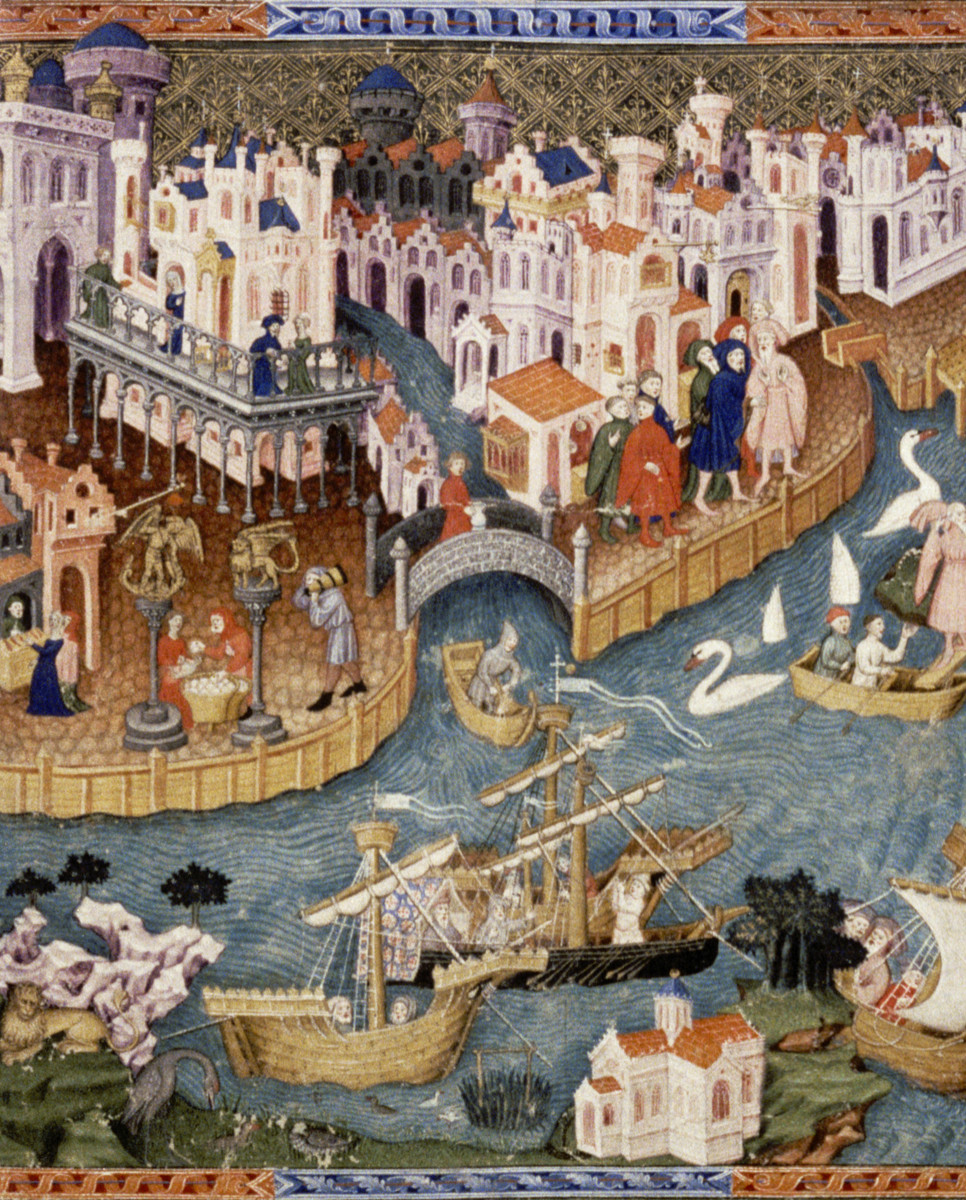

In bustling Venice, anticipation fills the air as young Marco Polo, accompanied by his father and uncle, prepares to set sail for the distant East. As their ships depart, the iconic figures of St. Mark’s Basilica and its Roman bronze horses gradually shrink against the Venetian lagoon. Marco steals a final glance at the city’s majestic statues of Saint Mark’s lion and Saint Teodoro of Amasea, before bidding farewell to the Doge’s Palace and the Bridge of Sighs. Little does he know, this departure marks the beginning of an epic journey that will forever alter their lives.

2) Tales of Baghdad – STAGE 2

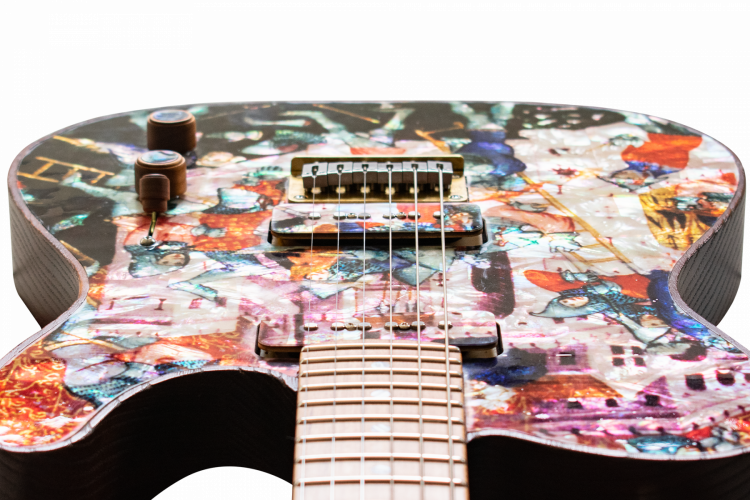
Entering the Mongol Empire, Marco Polo learned about the most wondrous city, we today know by the name of Baghdad. Its allure was vividly painted through countless tales – towering brick houses linked by intricate staircases, heavenly gardens, and the Tigris, a lifeline for the people to wash their carpets and irrigate lands. Amidst its beauty laid tales of conquest and loss. Not long before, the ancient Abbasid Caliphate had fallen to Hulagu Khan. Siege engines thundered, arrows darkened the sky, and atop a tower stood a Mongol general, unfurling a new victorious banner.
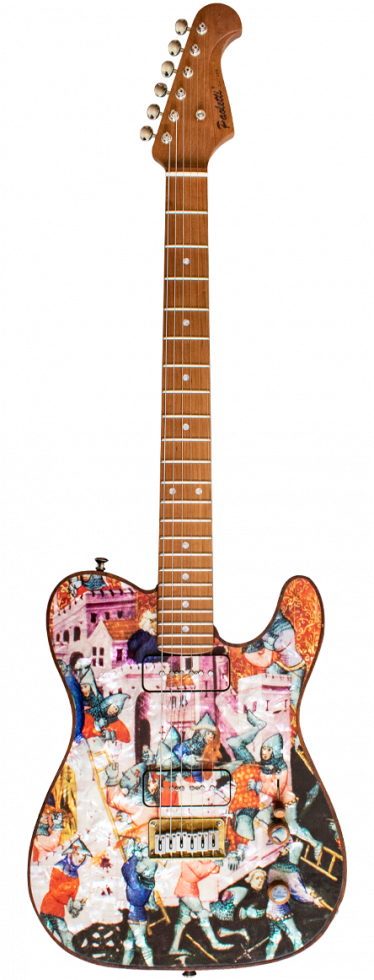
3) Governance in Xanadu – STAGE 3
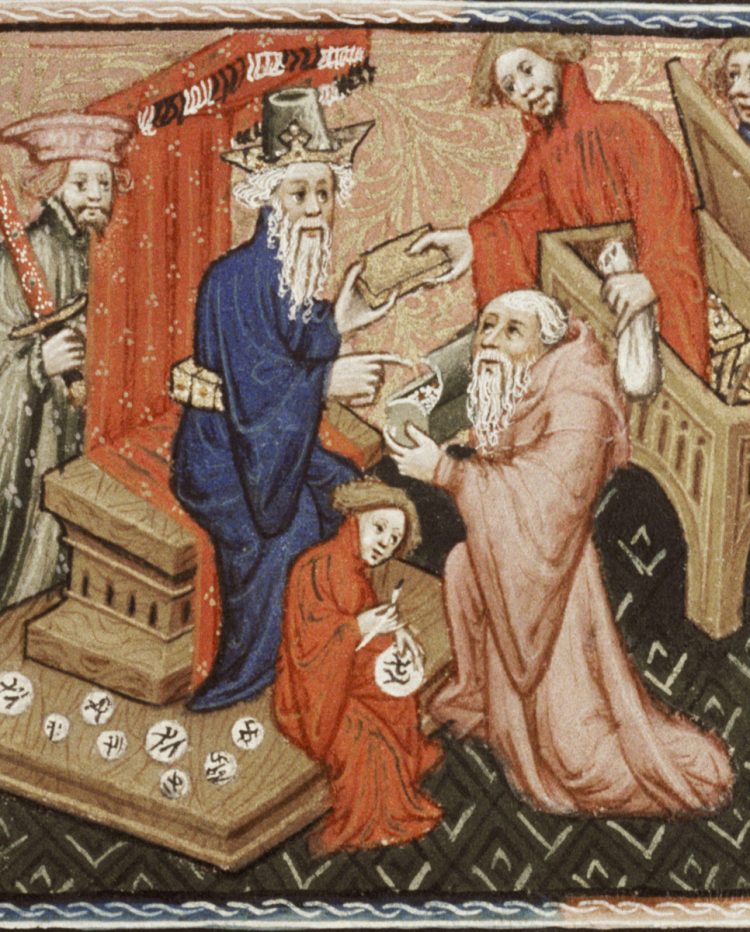

As Marco Polo ventured forth, whispers of a complex administration echoed from the opulence of Persia to the stark deserts of Central Asia. Yet, it was at Kublai Khan’s court, in the heart of Cathay, where the true tapestry of governance unfolded before him. Amidst grandeur, he witnessed officials and barons appointed to manage the Empire’s workings. Each encounter revealed the meticulous bureaucracy governing vast territories, from the Khan’s decrees to the barons’ land management. Polo’s journey became a masterclass in the art of administration.
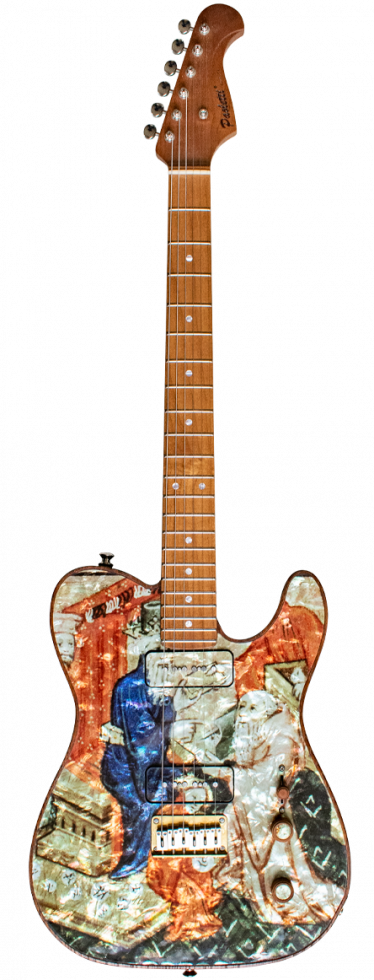
4) The culture of Karakorum – STAGE 4
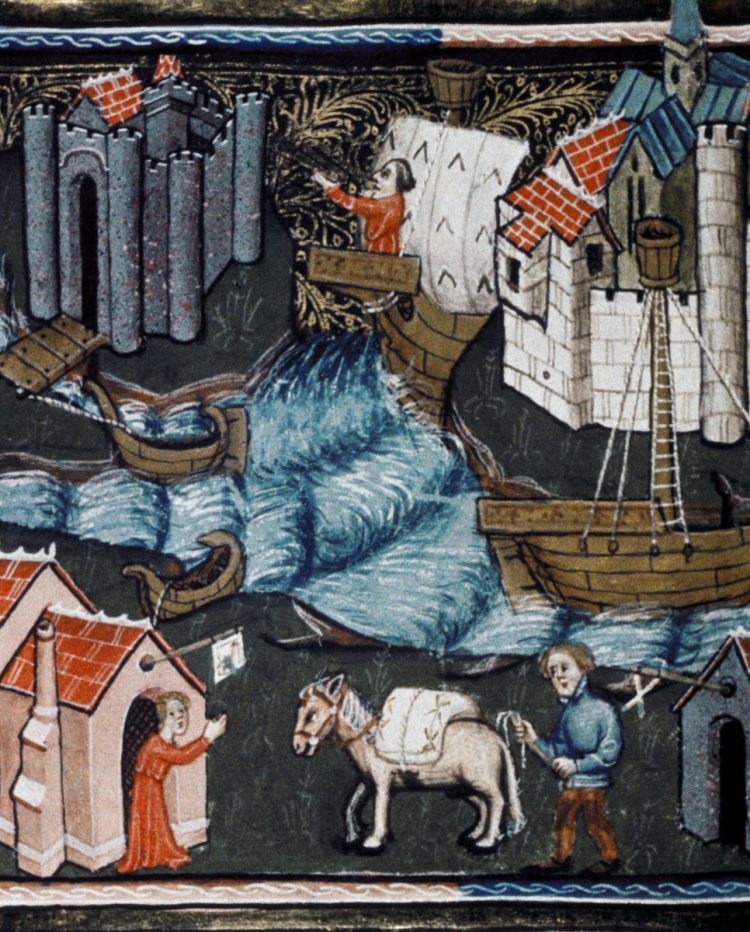
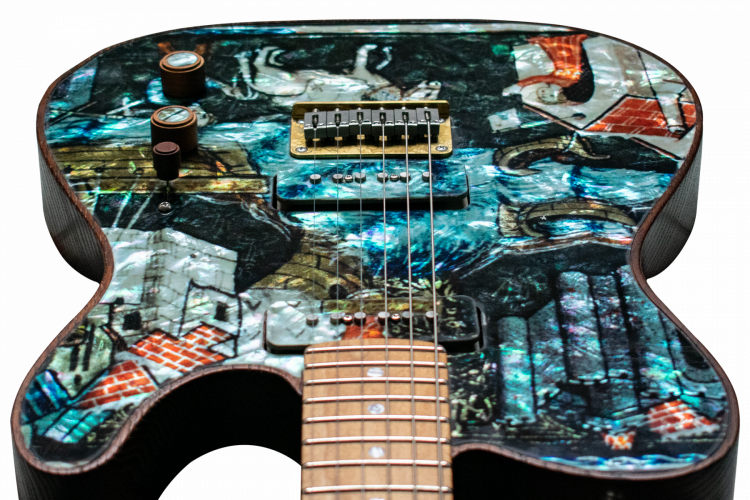
By the vital shipping route of the Orkhon river, Karakorum flourished as a vibrant center of trade and diplomacy, drawing travelers to its restoring inns and merchants seeking opportunities from distant lands. Marco Polo cultivated his business ventures and connections, immersed in the city’s diverse cultural mosaic. The architecture reflected the Mongols’ transition from nomadic life to stability, blending cultural elements in the imposing castle − initially settled by Tatars − a symbol of the Empire’s military might and will to safeguard their domains.

5) A message from the Holy See – STAGE 5
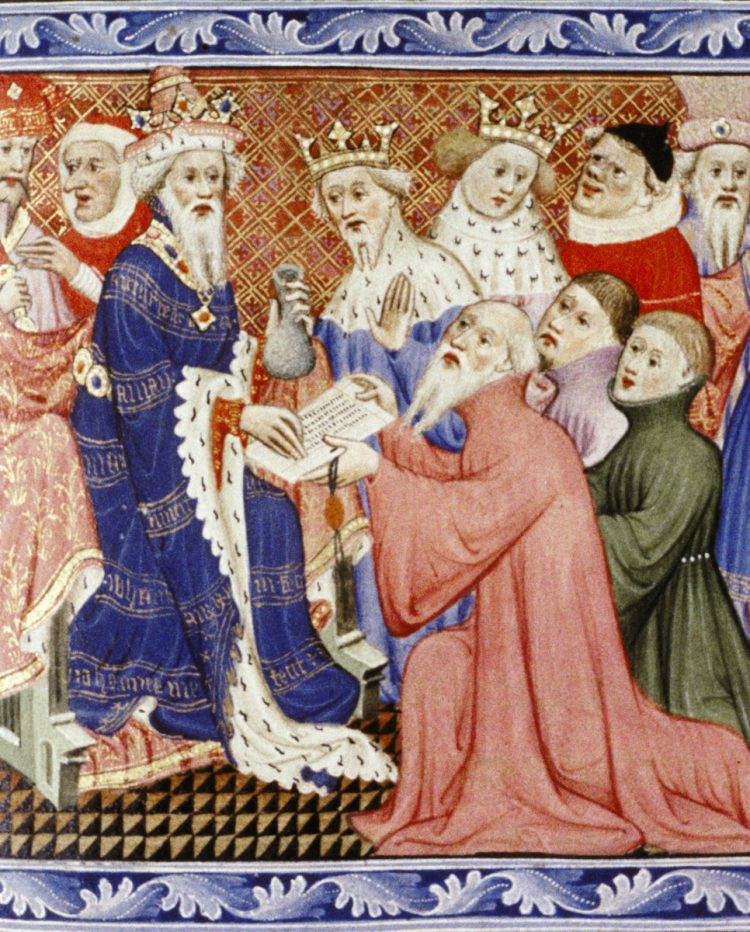

The Polos’ adventure extended beyond trade, as they bore a solemn task. Once they reached Khanbaliq − the newly established capital of the Mongol Empire, now known as Beijing − the Great Khan received Marco and his elders in a hall adorned with silk tapestries and golden ornaments, with curiosity and dignity. The Venetian merchants handed a letter, sealed with the authority of Pope Gregory X, and Kublai Khan listened attentively as it was translated. It spoke of alliances and shared faith. Impressed, he welcomed the messengers into his court.
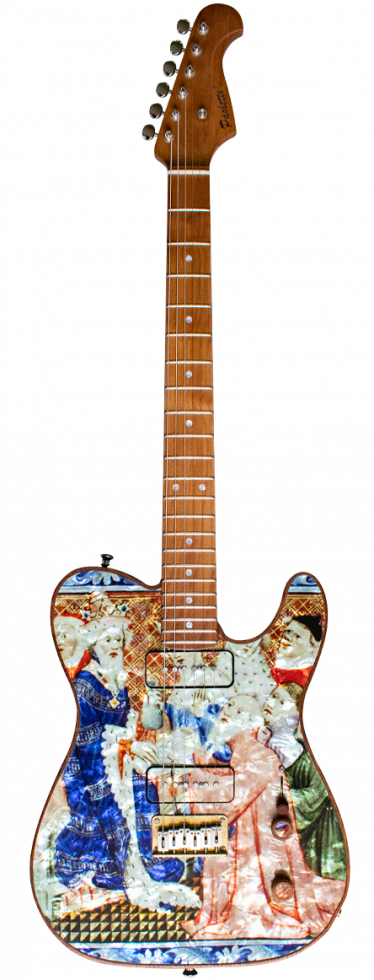
6) Farewell to Beijing – STAGE 6

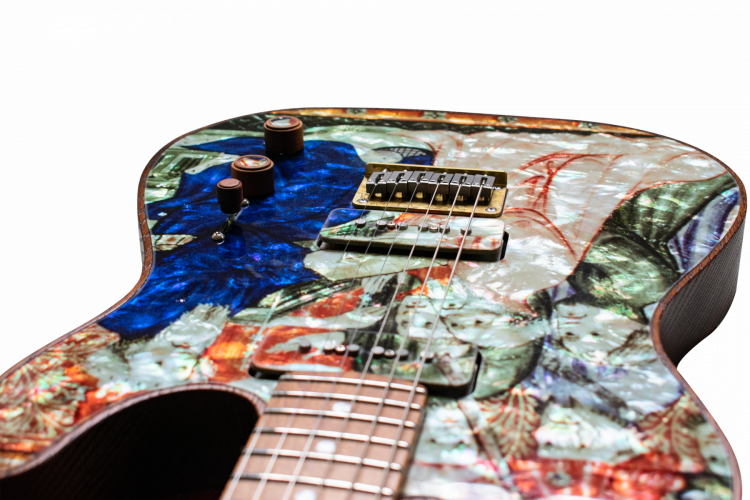
After nearly two decades in the Mongol Empire, Marco Polo and his family sought permission to return home. They had long served as advisors and emissaries, establishing trade routes, and facilitating communication between East and West. Thankful for their endeavors, the Great Khan bestowed upon them a golden tablet, granting safe passage back to Italy. This gesture underscored Kublai Khan’s respect for the merchants and their mission. In exchange, he asked for a petition to the Pope, requesting to send a hundred learned men to explain the Christian faith.
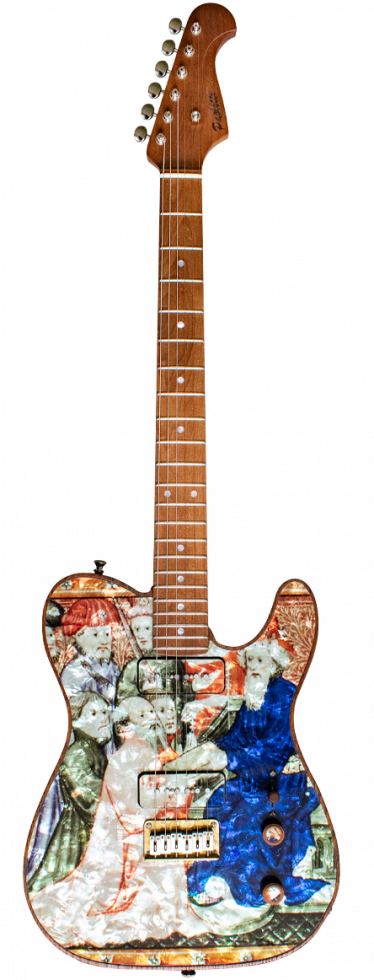
7) Memory of Bagan – STAGE 7
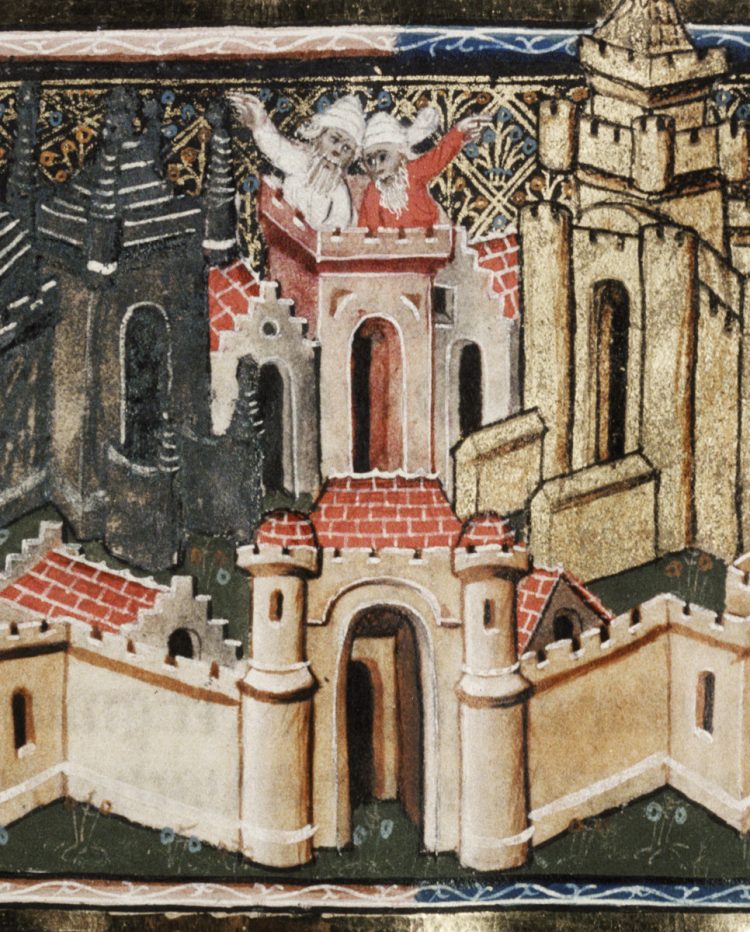

Heading back to the West, Marco Polo was trying to fix in his mind each and every wonder experienced during his journey along the Silk Road. He had encountered various marvels and landmarks, but certainly, the first that would come to his mind was the time an exceptional sight crossed his path. In the city now known as Bagan, Myanmar, renowned for its wealth and splendor, an opulent royal tomb adorned with magnificent gold and silver towers rose before his eyes − a picture of unparalleled richness, that would fill his memory like a vision from a dream.

8) The waters of Huang He – STAGE 8
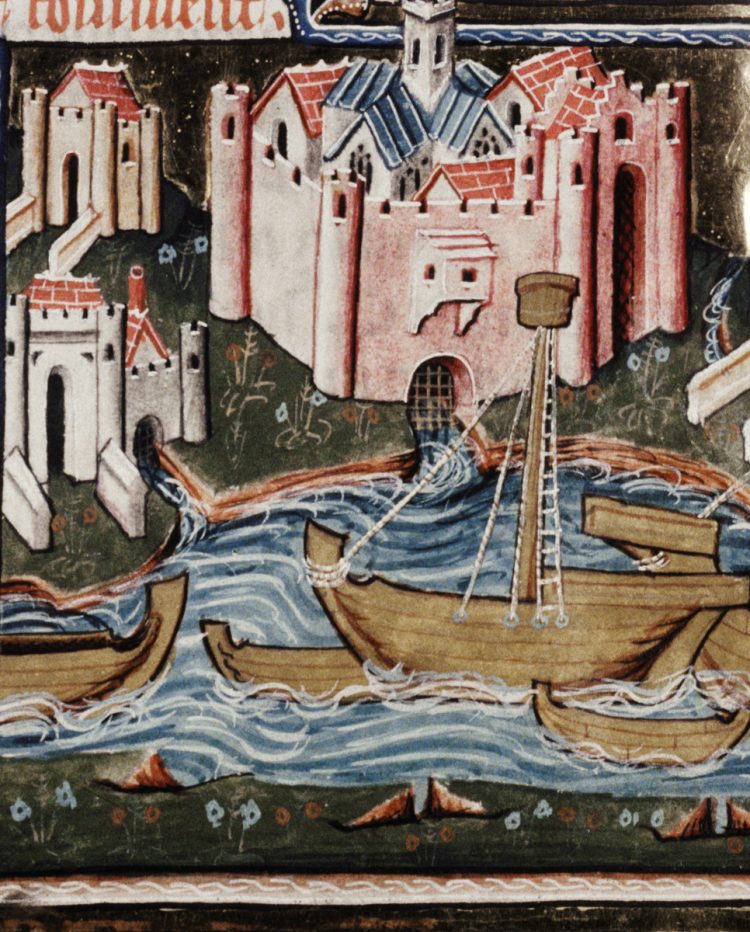

Bobbing along the banks of Huang He, the Yellow River, near modern Zhengzhou, Marco Polo beheld a cluster of boats. The sight stirred him with a surge of significance, reminiscent of the first time he encountered its waters by Singui, the old citadel of Yinchuan. As it flowed, the river accompanied his trade, revealing unknown regions one at a time, thus shaping the essence of his odyssey. Now, amidst its swinging tides and ripples, it waved farewell like an old friend. His spirit brimmed with utmost eagerness to convey the tales of his adventures.
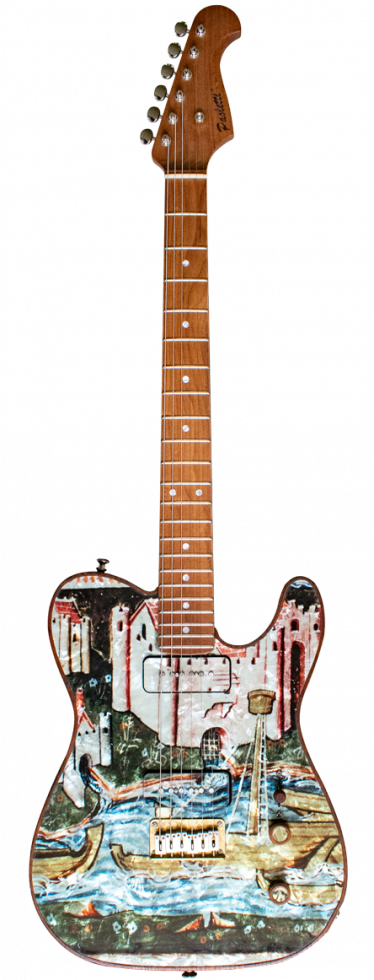
9) The pearls of Kollam – STAGE 9
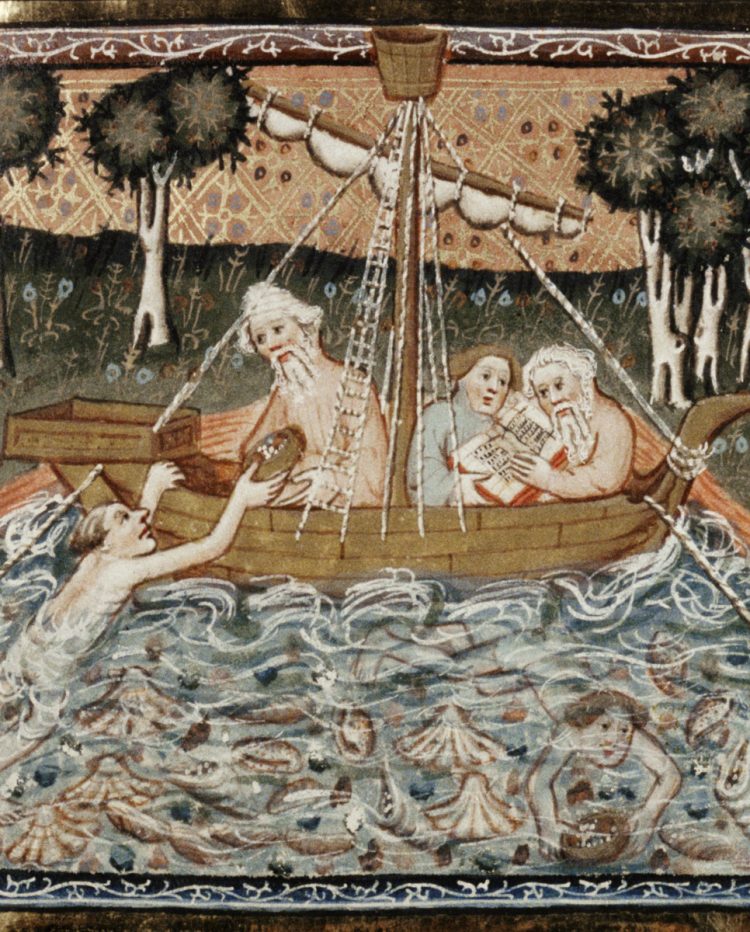
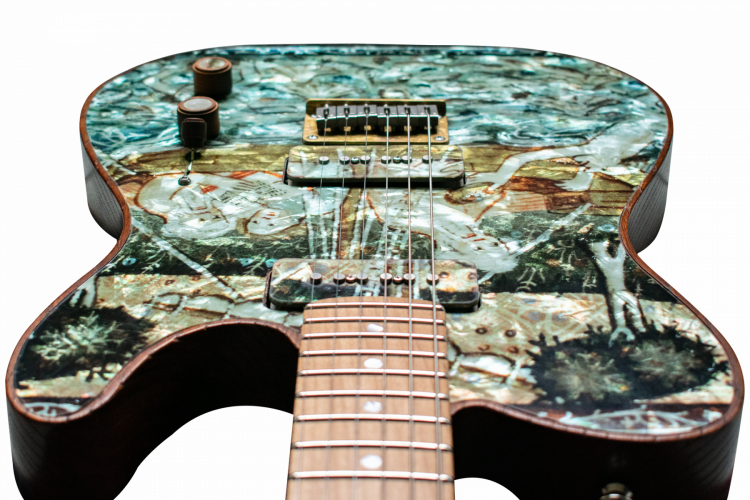
As Marco Polo journeyed homeward, he witnessed a bustling scene along the shores of Quilon, known today as Kollam, on the Malabar Coast. The waters teemed with activity as crowds of people tirelessly worked in the waves. The sun’s reflection danced upon the sea, shimmering like the most precious gems. Amidst this radiant spectacle, pearl pickers dove and resurfaced, their efforts focused on retrieving the most valuable pearls, seashells, and oysters from the depths below. It was a vibrant display of human industry against the backdrop of nature’s splendor.
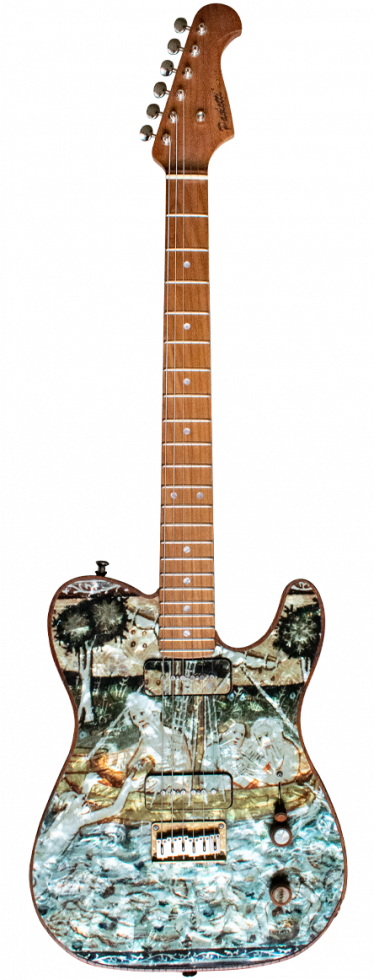
10) Leisure in Kashgar – STAGE 10

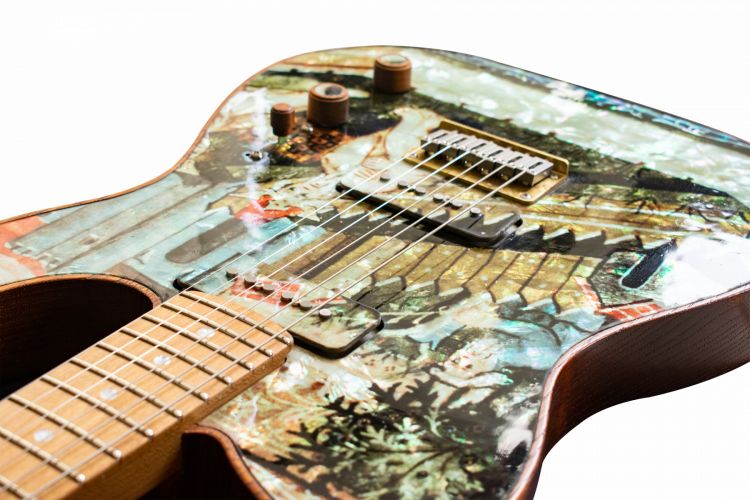
Walking across the oasis of Kashgar, Marco Polo was embraced by a long-familiar tapestry of colors and scents, when he stumbled upon a pair of weary merchants engaged in a tabletop game after a long day’s work. This sight evoked recollections of a spectacle he had once witnessed at Kublai Khan’s court, when he and Empress Chabi played a living chess match – people adorned in vivid hues would move in harmonious choreography, embodying the pieces on a colossal board. Taking his final steps along the Silk Road, Marco chuckled to himself and wondered “Hadn’t I seen it, would I believe it?”.
